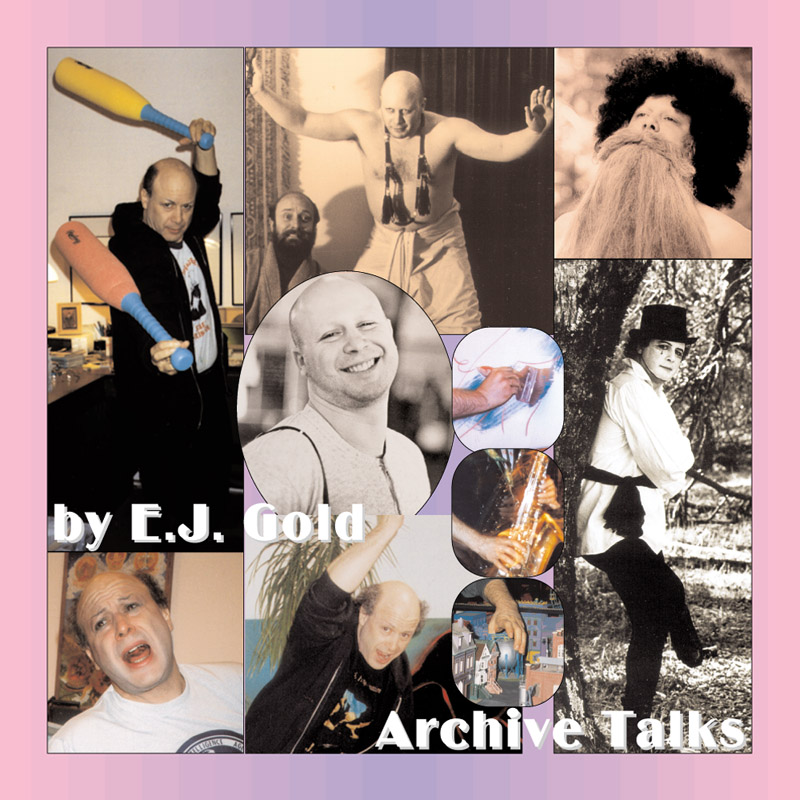

CDT240
How to Get a Work Question Answered - Convention 2003
PWOS; Attention
Synopsis
The talk explores the nature of work and inquiry, emphasizing that true understanding comes from correctly identifying questions before seeking solutions. It highlights the iterative nature of learning, using humor, anecdotes, and philosophical observations. The speaker discusses the process of developing work-related questions, the necessity of struggle, failure, and persistence in both learning and self-transformation. Additionally, the concept of "the work" is framed as something beyond personal development, extending into a larger cosmic framework that individuals prepare themselves to engage with.
Summary
The talk begins with a lighthearted introduction and a humorous observation about the future of noiseless computers, setting the stage for a discussion on how questions and answers define our capacity for productive engagement with the world. The speaker discusses the importance of asking the right questions, defining problems correctly, and understanding that absolute answers are illusory, even in seemingly rigid fields like physics.
Anecdotes, including a story about physicist Dr. Hook's evolving exam answers and a humorous account involving bootlegging, reinforce the theme that real knowledge is attained through direct experience, failure, and adaptation. The distinction between personal "work" (self-development and preparation) and "the work" (a larger metaphysical purpose) is drawn, with the assertion that negative emotions or unresolved personal struggles block access to deeper engagement with "the work."
The speaker also emphasizes resilience, pointing out that discomfort and failure are necessary components of progress. A recurring motif is the necessity of risk-taking—whether in learning, livelihood, or personal growth. Practical exercises like video gaming (with references to Diablo) are introduced as tools for self-exploration and teamwork, and attendees are encouraged to start study groups as a means of engaging with "the work."
Ultimately, the talk conveys that fulfillment and learning require one to embrace uncertainty, persist despite setbacks, and commit to ongoing self-refinement. The work does not offer final answers—only a deeper ability to tolerate ambiguity and operate effectively within it.
Keywords & Key Phrases
- Formulating the right question
- The work vs. personal work
- No absolute answers
- Learning through failure
- Practical inquiry
- Discomfort as a necessity
- Risk and courage in learning
- Cosmic maintenance
- Persistence and uncertainty
- Developing group consciousness
- Gaming as a work tool
- Self-refinement through action
- The illusion of control
- Hierarchy of needs in esoteric work
- Invisible work
Graphic Prompt
A surreal, abstract depiction of an ancient philosopher seated in front of multiple glowing doorways, each representing a different unanswered question. The philosopher holds a quill that transforms into a beam of light as it touches an enormous book inscribed with shifting, unreadable symbols. Around him, the faint outlines of complex diagrams, cosmic maps, and floating question marks are visible, dissolving into mist. Behind him, a vast, unknowable structure—part cosmic machinery, part organic life-like entity—hums with enigmatic energy.



